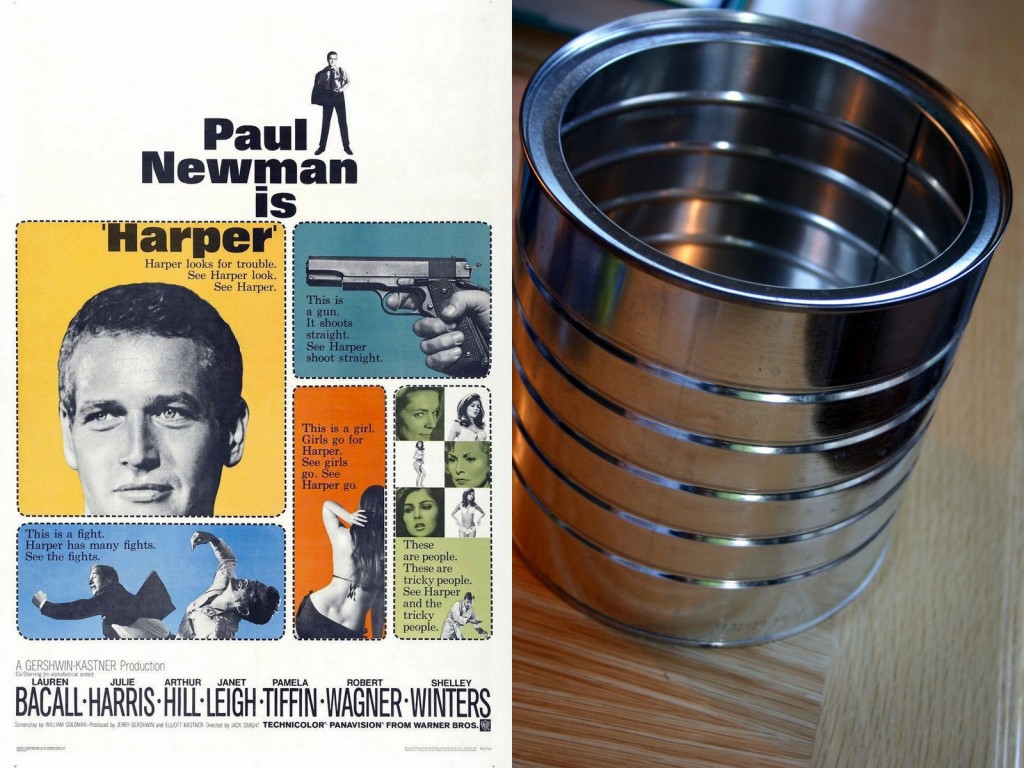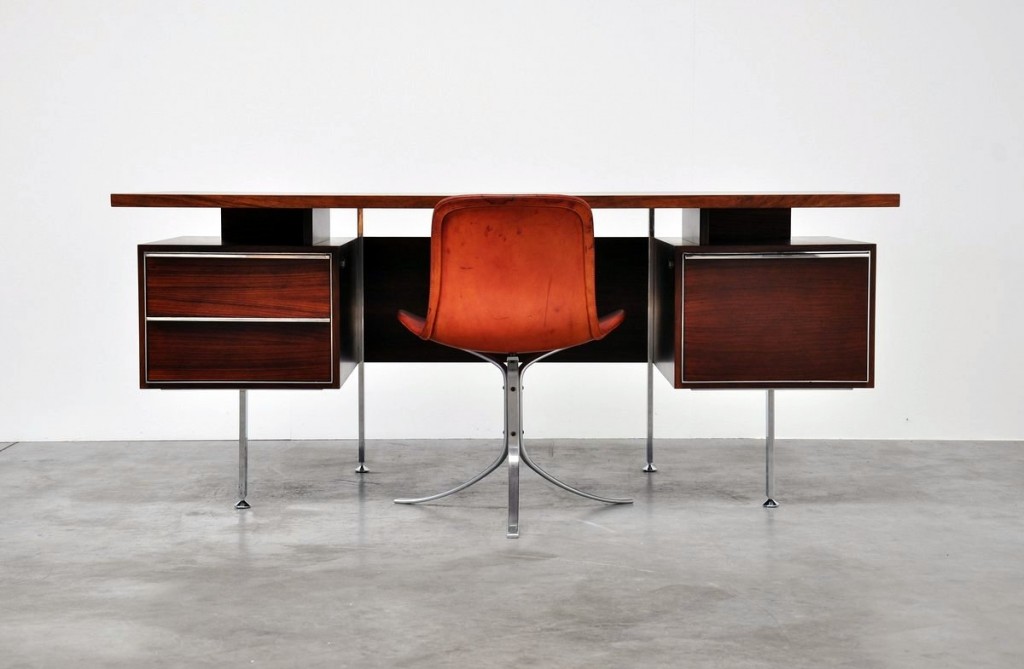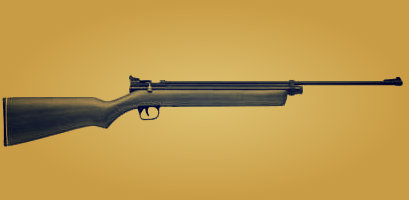There’s this drunk who keeps staring at us from some table in the back. I can’t tell what his problem is. At one of the breaks between sets he asked for some god-awful song that some of us didn’t know, and that the rest of…
The first scene in the movie Harper (1966) tells you all you need to know about Paul Newman’s character, a skeevy private eye with a heart of gold named Lew Harper.
Harper wakes up in his crummy apartment, somewhat less than overjoyed by consciousness. He fights with the alarm clock. He soaks his head in a sinkful of water and ice cubes. He tries to make coffee. The water comes to a boil on the stove. He opens the coffee can. Empty.
After a beat, he fishes the previous day’s soggy filter out of the trash and makes do. It’s a fantastic bit of exposition, and the movie that follows is just as sharp.
The screenplay was written by William Goldman, who once tossed off what is arguably the greatest maxim ever about Hollywood: “Nobody knows anything.”
Goldman was specifically referring to whether or not a movie would do well at the box office after its release, but the line is now used most frequently as a club with which to bash studio executives.
Goldman adapted the script from Ross Macdonald’s 1949 novel The Moving Target, the first of 18 “Lew Archer” novels that cemented Macdonald’s place in the first rank of crime-fiction writers.
Legend has it that Newman requested the character’s last name be changed from Archer to one that started with an “H.” At the time, Newman was riding a lucky streak with the consonant.
The myth of the self-made man become hero-savior to save the black and brown children from their unionized teachers hides a whiff of white man’s burden. And economic exploitation. Millions of dollars of federal and state funds every year. Not enough supervision at any level. All fed by the myth that “business” has and can solve all problems and has the perfect model for all professions, industries, cultural institutions, etc. No matter how often you say it or how far you spread your proteges, it’s still not true.
Among the really good French restaurants in the Windy City, there are: Kiki’s Bistro, Avec, Bistro Zinc, Mon Ami Gabi, Bistro Margot, and La Sardine (and its sister restaurant Le Bouchon). Of all of these, La Sardine has been one of my constant favorites. The…
Displaced Aggression League Report: Week 5 The ESPN Oracle has been around for a very, very long time. It was here long before the time of the Dingobros-dynasty, and even before the Gridiron Goddess first came to cast down the Old Gods and begin her…
Cross-posted at New Orleans Slate
Dear Mayor Landrieu,
I voted for you. Twice. I felt then and feel now that you really want to work with the community. I felt then and feel now that having grown up here in New Orleans, you have a deep connection to the City, its people and its culture in all the various forms that culture presents. That said, I am greatly concerned, as are many others, that some of the cultural heritage unique to this City will soon be obliterated by bad laws, pressure from monied property owners (both natives and newcomers), and the pursuit of money for the City coffers which admittedly could use some shoring up.
Unfortunately it often looks as though that shoring up is being done on the backs of the regular working folks via traffic cam tickets that are a hardship on just about everyone trying to make it month to month, crazy new taxicab regulations that are a hardship on many career cab drivers, unwieldy and seemingly serendipitous permitting requirements on club owners who are the small business owner/job creators we hear about every day, more permits on the smallest of entrepreneurial business owners–the vendors at Second Lines, and on the culture bearers themselves—the musicians and artists who create the culture that draws visitors to our City every year from all over the world. Lately we’ve heard words like noise, crackdown, permit, and ordinance used to intimidate bands off of street corners, to cause clubs to stop live music for fear of total shut downs, and as you know, those words have been a sometimes unspoken threat to parades and Indians for a long time.
Sloganza 7 Our prices are insane from B2 L2 on Vimeo.
Chris and Tamara take me to dinner one weekend while I’m visiting Birmingham. They pick me up in their white Park Avenue and we drive for miles outside town to a place called Mangiani’s. The place is built into the first two floors of an…
Good morning. I hope everyone had a good night’s sleep, because, ah, I’m sure you’re all aware of, ah, unfolding events. Oh, and help yourself to the éclairs and brandy croissants. Thanks, Denise.
I’d like to start with a line chart. Lights, please.
Here’s where we were. Way up here. Cruising altitude. All systems go, doing what we do best. Moving the product like champions. Not a cloud in the sky.
Maybe an air pocket here and there, but not enough to spill your drink!
Here’s where we are now. Nosedive from 30,000 feet.
Lights, please.
To stick with the plane crash analogy, we are approaching terminal impact at maximum velocity. The wings have come off.
These croissants are delicious, Denise.
There were those who just couldn’t keep up. There was this one fat kid from the neighborhood named Eugene that we used to call “Gene-Gene the Dancing Machine.” We didn’t really hang out with him very much, but he was always around. I first got…
Displaced Aggression League Report — Week 4 A host of righteous teams did gather and humble themselves in supplication before the Gridiron Goddess, and were steeled to receive her cruel bounty. And, Lo, She was pleased and did shriek with terrible joy and shower them…
In 1985 when I was living in Bahrain I watched all seven games of the World Series between the Cardinals and the Royals without knowing anything about baseball. I still don’t know why or how I made it through the series for I watched it…
We learned to shoot in high school.
It was the 1980s, and as an alternative to gym class, any student could, with minimal instruction, be blasting away with a .22 bolt-action rifle in the basement.
Once the rules were read, and some initial range-safety demonstrations given, we were off and shooting within a week. And, for the next few weeks after that. We shot so many rounds, in fact, that teenagers grew bored of it — bored of shooting (real) guns, having grown up shooting imaginary Russians with sticks.
Many of us became excellent shots by the time it was over — some even shooting bull’s-eyes from the hip when the instructor wasn’t looking.
It still seems ludicrous. I’ve often wondered about it as I recount this high school memory to a generation more familiar with metal detectors than the sounds of a platoon of fellow students blasting away.



